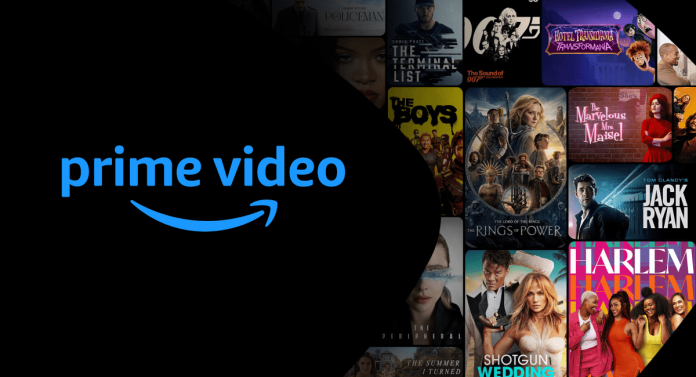Following its initial launch without advertisements, Amazon Prime Video is the most recent in a series of streaming services that have gone on to provide ad-supported content. The 29th of January marked the beginning of advertisements being shown on Prime Video in the United States, making Amazon the most recent streaming service to launch an ad-supported tier. Late in 2022, Netflix introduced a tier funded by advertisements, and a month later, Disney+ did the same thing.
The firm has said in a press release that it intends to have “meaningfully fewer ads” on the streamer compared to its competitors; however, the company did not define what this implies. Amazon had previously informed marketers that the ad tier would translate to about 115 million monthly active viewers in the United States. Prime members in key areas will immediately become a part of the ad tier. To watch without advertisements, viewers living in the United States will be required to pay an extra $2.99 each month.
According to Delia Marshall, head of the WPP firm Eicoff, the new ad tier provides advertisers with greater ad inventory, the option to target certain audiences, and the capacity to measure their effectiveness. In other words, it is “music to the ears” for both agencies and advertisers. Amazon won’t find itself gradually expanding its ad-supported user base “like all of the other [streamers] are doing,” she added. This is because the company will immediately move current Prime Video subscribers to the ad-supported plan.
MoffettNathanson analysts consider Amazon’s move to be a “disruptive force” that, according to the company’s estimations, could bring in more than $2 billion by the year 2025.
Amazon Prime memberships offer access to the company’s Prime Video streaming service, in addition to other perks such as free two-day delivery from the e-commerce giant and other advantages such as Amazon Music and others. It is estimated that more than 200 million Prime memberships are held worldwide.
The Wall Street Journal (WSJ) claimed that advertisements on Prime Video are anticipated to reach an estimated 159 million people across the world every month. This information was included in a presentation that Amazon hosted. Especially when compared to the plans that other SVODs provide with advertisements, it is a significant number of eyes right off the off. Taking Netflix’s tier with advertisements as an example, there are already 23 million worldwide monthly active users on the platform, launched about 15 months ago at the beginning of November 2022.
The MoffettNathanson report estimates that there will be 6.4 billion “ad-eligible” hours on Amazon in 2024, with 70 million U.S. subscribers spending an average of 0.3 hours per day, approximately 15% of U.S. subscribers paying for the commercial-free option, and ad loads comparable to Netflix at about four minutes per hour. This could lead to the sale of 51.5 billion spots that year.
According to MoffettNathanson’s calculations, if the sell-out rate for 2024 is 60% and the CPM is $32.50, then marketing on Amazon Prime Video could bring in an additional $1 billion in U.S. ad revenues in 2024 and $2.8 billion in 2027. The firm predicts that adding commercials to “Core Prime” will bring in $1.4 billion for Amazon in the U.S. this year, $2.1 billion in 2025, and $3.2 billion in 2027. This is in addition to their projection of $400 million in incremental earnings from subscriptions from people who choose to sign up for the ad-free version of Prime Video.
The firm predicts that by the end of 2027, Amazon’s Prime Video marketing initiative will have generated $1.3 billion worldwide income, up from an estimated $400 million in 2024.

